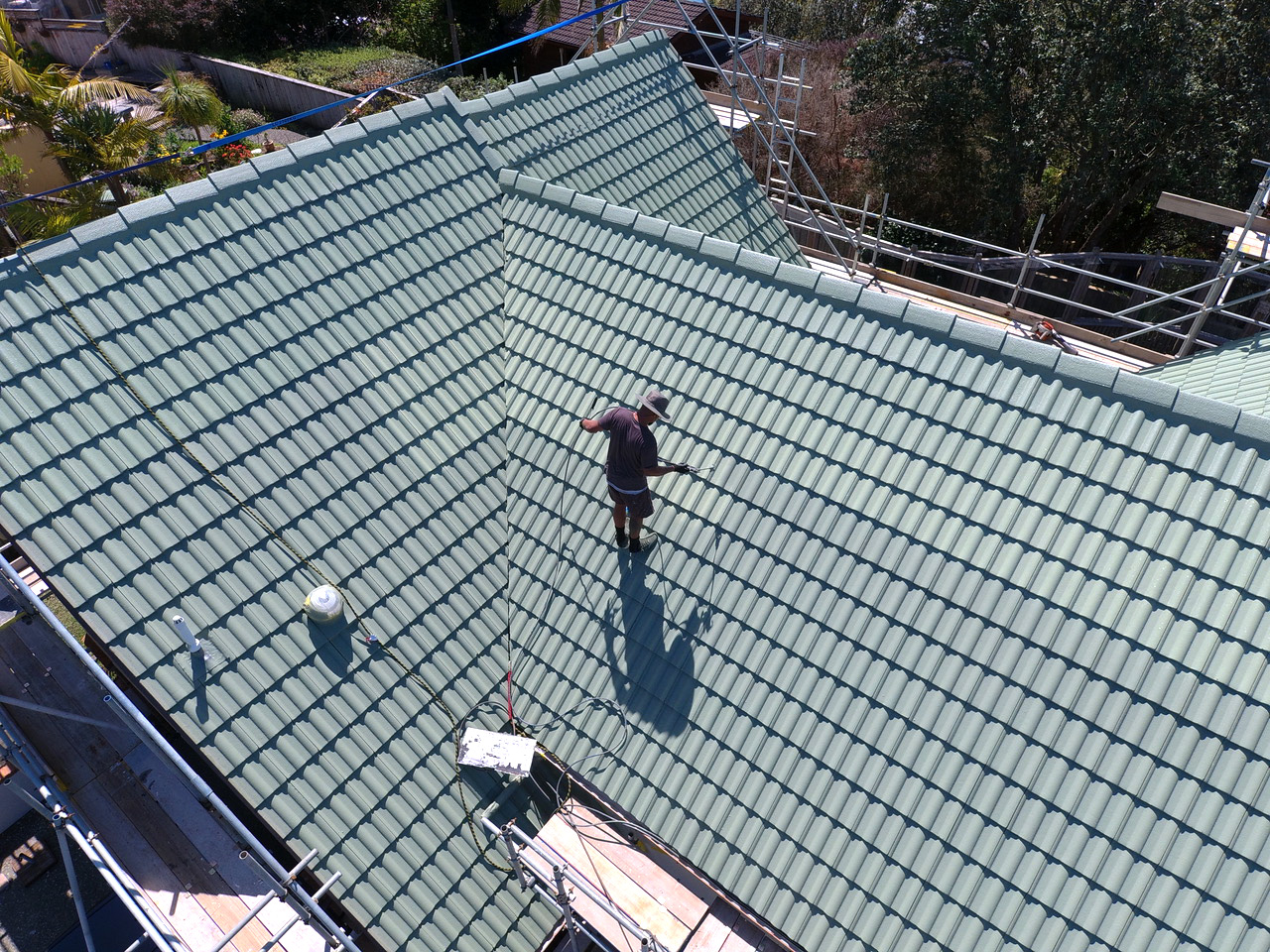Roof inspections are important for figuring out potential points and making certain the longevity of your roof. Regular inspections may help detect problems early, stopping pricey repairs or replacements down the line. Here are some frequent methods and steps for conducting a roof inspection:
Visual Inspection:
a. Exterior Inspection:
Start by examining the roof from the ground utilizing binoculars or by safely climbing onto a ladder to get a extra in-depth look.
Look for visible signs of damage, such as missing or damaged shingles, curling or buckling shingles, or unfastened or deteriorated flashing round roof penetrations.
Check for debris, moss, algae, or lichen growth on the roof, which can indicate moisture-related issues.
Inspect the gutters and downspouts for granules from shingles, as excessive granule loss can signal shingle put on.
b. Interior Inspection:
Go into the attic or crawl space and inspect the underside of the roof deck for signs of leaks, moisture, or water stains.
Look for daylight coming via cracks or holes in the roof deck, which can point out roof damage.
Check for signs of insulation injury, mold, or mildew growth, which can outcome from roof leaks.
Roof Walk:
a. If it's protected to do so, stroll on the roof floor to examine it up shut.
b. Be cautious and wear acceptable security gear, such as non-slip shoes and a security harness if wanted.
c. Look for any delicate or spongy areas, which may indicate underlying damage.
d. Check for unfastened or damaged roofing materials, as properly as indicators of damage and tear.
Moisture Detection:
a. Use a moisture meter to detect hidden moisture throughout the roof structure and insulation.
b. Moisture detection may help determine leaks or areas of potential water intrusion that is most likely not visible.
Drone Inspection:
a. Drones outfitted with cameras can present a comprehensive view of the roof surface with out the necessity for direct bodily entry.
b. A drone inspection could be particularly useful for bigger or hard-to-reach roofs.

Roof Restoration :
a. Consider hiring a professional roofing contractor or inspector to conduct a thorough inspection.
b. Professionals have the experience, instruments, and experience to establish points that will not be apparent to a homeowner.
Documentation:
a. Document your findings with pictures and notes to create a document of the roof's condition.
b. This documentation may be useful for tracking modifications over time and for insurance claims or repairs.
It's necessary to perform roof inspections often, ideally at least every year, and after severe weather occasions like storms. Additionally, when you're not comfortable or assured in your capability to perform a roof inspection safely, it is advisable to hire a professional roofing skilled to ensure an intensive and correct evaluation of your roof's situation..
